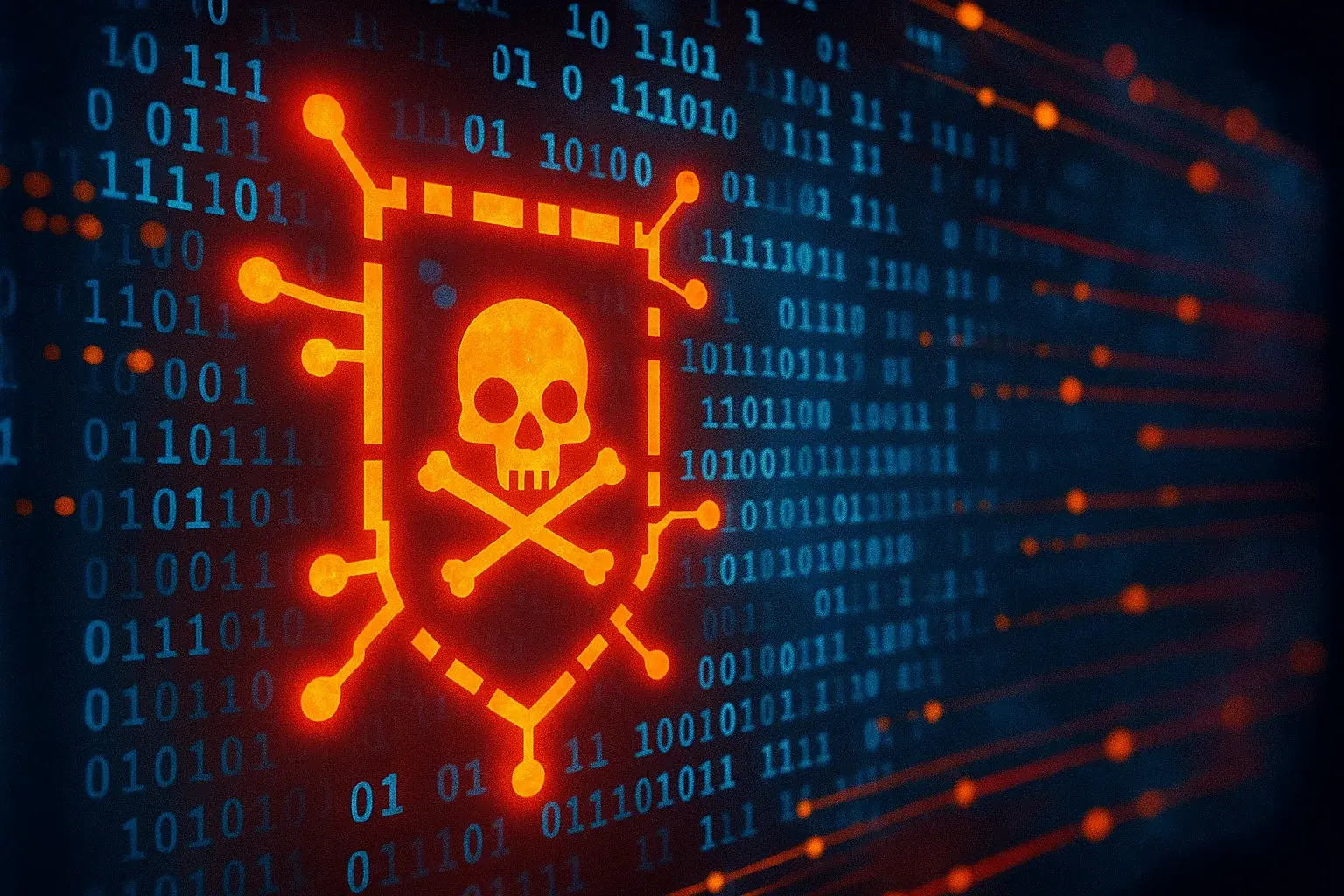Ransomware is undoubtedly one of the most feared threats in the world of cybersecurity. It operates like a digital hostage situation: attackers encrypt your organization’s files and demand a ransom to unlock them. It may sound simple, but behind this demand lie deeper issues: operational disruption, data loss, legal consequences, and—perhaps most critically—irreparable damage to your business’s trust and reputation.
In this article, we’ll help you understand what paying a ransom really involves, why authorities advise against it, the legal risks it carries, and most importantly, how to respond if your company is ever faced with this dilemma.
The UK Leads the Way: Banning Ransom Payments in Critical Infrastructure
The UK government has announced its intention to prohibit public entities and companies managing critical infrastructure from paying ransoms after an attack. The goal is clear: cut off ransomware groups’ business model.
The logic is simple: if they know they won’t get money from hospitals, ministries, schools, or energy companies, these organizations become less attractive targets.
Additionally, the UK plans two further measures for all businesses:
- Mandatory reporting of the intent to pay a ransom, so authorities can advise the organization.
- A compulsory reporting system to streamline the involvement of law enforcement.
While these measures currently apply only in the UK, it’s likely that the EU will follow a similar path. Don’t forget that under the NIS2 Directive, the EU already requires critical infrastructure to meet higher cybersecurity standards.
The Harsh Reality of Ransomware: Unforgettable Cases
Ransomware isn’t a theoretical threat—it has already caused serious damage to organizations worldwide:
- British Library (2023): Shut down for months after an attack crippled its digital platform.
- Marks & Spencer (2025): A cyberattack with an estimated £300 million in losses.
- NHS in London (2024): A ransomware hit on blood transfusion systems caused delays in critical lab results, contributing to a patient’s death.
These cases show that ransomware isn’t just about money—it can endanger human lives.
Read more: What is Incident Response in Cybersecurity?
How Attackers Get In: Social Engineering and Malware
Ransomware's rise is driven by three key factors:
- Ransomware-as-a-Service (RaaS): Cybercriminal groups sell ransomware kits to other criminals, who simply choose whom to attack.
- Social engineering: Fake emails, scam calls, or messages that look legitimate—attackers know that human error is the easiest entry point.
- Weak authentication: Shockingly, many companies still fail to implement basic measures like multi-factor authentication (MFA).
A well-known case is the Scattered Spider group, which impersonates support staff to trick employees into resetting passwords or disabling MFA. Once inside, they deploy ransomware and hijack systems.
Why Do Some Companies Choose to Pay?
Despite warnings from authorities, many companies still pay ransoms. Common reasons include:
- Regaining access to data and resuming operations quickly.
- Preventing confidential data (clients, patents, strategic plans) from being leaked.
- Reducing financial and reputational losses.
- Believing ransom is “cheaper” than a full recovery process.
However, this is a short-sighted approach.
Why You Shouldn’t Pay: Experts Agree
Cybersecurity agencies and law enforcement are united in their advice: don’t pay. Here’s why:
- You’re funding criminals, helping them improve their tools and attack others.
- There’s no guarantee they’ll return your data, even if you pay.
- They may keep copies of your data and sell it on the dark web.
- Your company may be seen as a “profitable” target and face future extortion.
- Some cyber insurance policies no longer cover ransom payments.
- Most importantly, paying may be illegal if the group is tied to sanctioned terrorist or cybercriminal organizations.
Similar articles: Dark Web Profile of the SafePay Ransomware
What Does the Law Say?
In Spain and the EU, there is no explicit ban on paying ransoms—but the legal landscape is complex:
- The Spanish Penal Code prohibits financing terrorist activities. If the attacking group is classified as terrorist, ransom payment could be a crime.
- In the U.S., OFAC warns that paying sanctioned groups could lead to legal consequences for the victim company.
- The UK goes further, requiring companies to notify authorities before paying.
In short: paying is not just risky—it may also be illegal in some cases.
So, What Should You Do If You’re a Victim?
Every minute counts. If you decide not to pay, here’s a quick response guide:
- Isolate affected systems as soon as possible to stop the spread.
- Contact a specialized incident response team. Don’t improvise—experts are essential.
- Investigate the breach: what data was compromised, how did they get in, and what access do they have?
- Evict the attackers and close all backdoors.
- Recover systems securely: restore from clean backups and eliminate persistent malware.
- Report the incident: in Spain, notify the AEPD if personal data was involved, and cooperate with INCIBE, the Civil Guard, or National Police.
Mandatory Reporting: NIS2 Changes the Game
Under the NIS2 Directive, companies in critical sectors (healthcare, transport, finance, energy) must report serious incidents within hours.
This isn’t just a legal requirement—it’s a lifeline for getting support from authorities and minimizing damage.
Conclusion: Your Best Defense Is Preparation
Paying ransom is never the best solution. It might seem like the fastest fix, but it invites worse consequences: more attacks, legal trouble, and reputational damage.
What you truly need is a solid prevention and incident response strategy—and that’s where we come in.
At TecnetOne, we offer an incident response service built to act fast and effectively. We help you contain the attack, evict the intruder, recover systems safely, and strengthen your defenses to prevent it from happening again.
Because real digital resilience doesn’t come from paying ransoms—it comes from being prepared to fight back.


